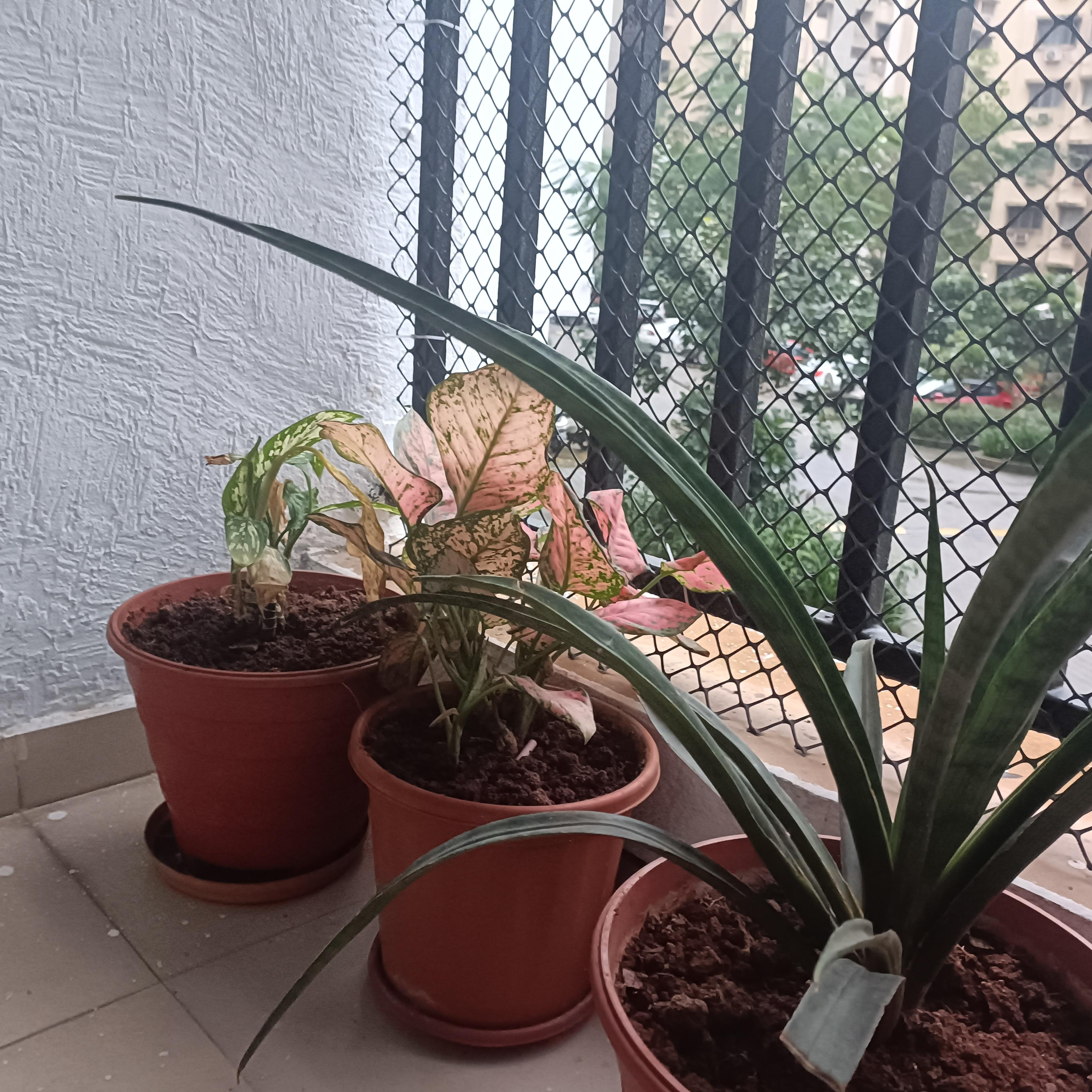1. Snake Plant (Sansevieria trifasciata)
Snake plants are known for their sword-like leaves and ability to thrive in low light. They're extremely low maintenance, only requiring occasional watering. They also purify the air by removing toxins such as formaldehyde and benzene, making them an excellent choice for improving indoor air quality.
2. Spider Plant (Chlorophytum comosum)
Spider plants are adaptable and easy to care for, featuring long, arching leaves that are green with white stripes. They produce small, white flowers and spider-like offshoots. These plants are great for hanging baskets and are known for their air-purifying properties, particularly against carbon monoxide and formaldehyde.
3. ZZ Plant (Zamioculcas zamiifolia)
The ZZ plant is a hardy choice with waxy, smooth leaves that reflect sunlight. It's drought-tolerant and can thrive in low light conditions, making it perfect for beginners. The ZZ plant is also an air purifier, effectively removing toxins like xylene and toluene from indoor environments.
4. Pothos (Epipremnum aureum)
Pothos plants are popular for their trailing vines and heart-shaped leaves. They thrive in a variety of lighting conditions and are highly tolerant of neglect. Pothos are also known for their ability to remove common indoor pollutants, such as formaldehyde and xylene, from the air.
5. Peace Lily (Spathiphyllum)
Peace lilies are known for their elegant white flowers and dark green leaves. They prefer low to medium light and need regular watering. Peace lilies are excellent at improving indoor air quality, removing pollutants like ammonia, formaldehyde, benzene, and trichloroethylene.
6. Rubber Plant (Ficus elastica)
Rubber plants have large, glossy leaves and can grow quite tall, making them a striking indoor plant. They prefer bright, indirect light and moderate watering. These plants are also effective at removing toxins like formaldehyde from the air, contributing to a healthier indoor environment.
7. Aloe Vera
Aloe vera is a succulent with thick, fleshy leaves that contain a gel used for its healing properties. It prefers bright, indirect light and infrequent watering. Aloe vera plants also help purify the air by removing toxins such as formaldehyde and benzene, making them a functional and attractive indoor plant.
8. Chinese Evergreen (Aglaonema)
Chinese evergreens are prized for their attractive, variegated leaves and their ability to thrive in low light conditions. They require moderate watering and are quite resilient. These plants are also known for their air-purifying capabilities, particularly in removing toxins like formaldehyde and benzene from the environment.
9. Boston Fern (Nephrolepis exaltata)
Boston ferns are lush, feathery plants that thrive in humid conditions with indirect light. They require regular watering and misting to keep their fronds healthy. Boston ferns are excellent air purifiers, particularly effective at removing formaldehyde and xylene from indoor air.
10. Dracaena
Dracaena plants have striking, sword-like leaves and are available in a variety of colors and patterns. They prefer bright, indirect light and moderate watering. Dracaenas are known for their ability to remove several indoor pollutants, including formaldehyde, benzene, trichloroethylene, and xylene, making them a great choice for improving air quality.
Harshil Sharma

